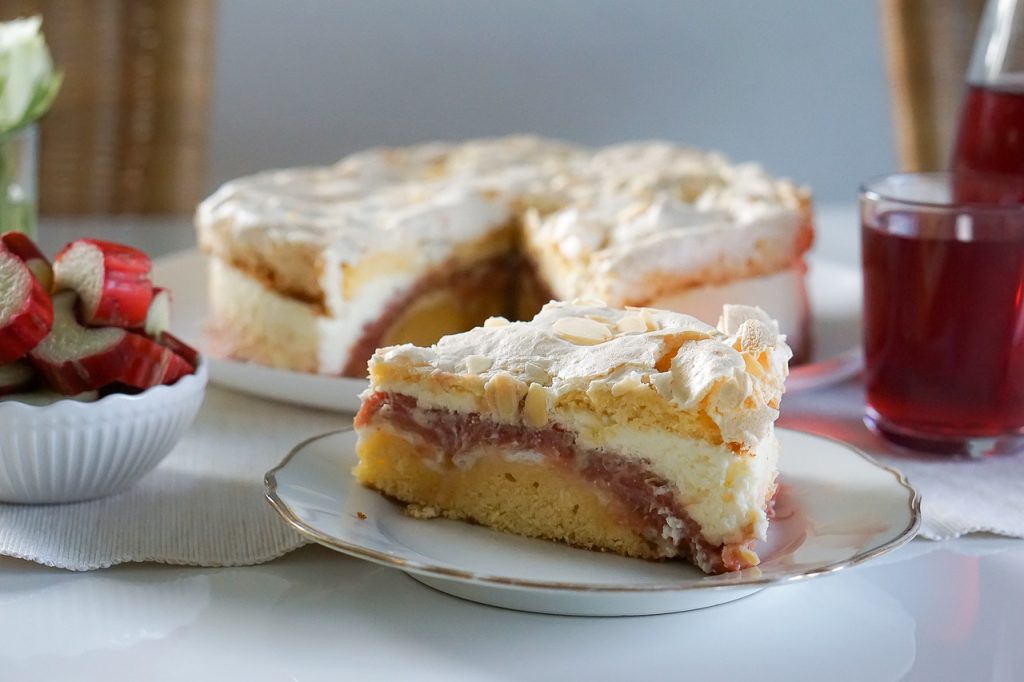One delightful plant that often captures the hearts of home gardeners is rhubarb. This tangy stalk is a versatile ingredient, perfect for pies, jams, and even savory dishes. If you’re curious about harvesting rhubarb and are eager to learn how to properly care for and enjoy this lovely plant, you’ve come to the right place!
What is Rhubarb?
Rhubarb is a perennial vegetable often mistaken for fruit due to its culinary uses. The part that we consume is the stalk, which comes in various colors—from deep red to green. While the stalk is edible, the leaves contain oxalic acid, which is toxic and should not be consumed. Rhubarb’s tart flavor provides a delightful contrast in sweet recipes, making it a favorite in desserts, especially when paired with strawberries.
When to Harvest Rhubarb
Timing is key when it comes to harvesting rhubarb. Here are some guidelines to help you know when to pick:
Age of the Plant: It’s best to begin harvesting rhubarb in its second year of growth. Allow the plant to establish itself in its first year before taking any stalks.
Season: The harvesting season for rhubarb typically runs from late spring to early summer. The month of May is often considered the peak time for harvesting, but this can vary based on your location and climate.
Signs of Ripeness: Stalks should be around 12-18 inches long and vibrant in color. If the stalks look thin or lack color, it’s better to wait a bit longer before harvesting.
Flowering: If you notice flower stalks emerging, it’s a sign that the plant is stressed. Cut these flower stalks off at the base to encourage healthy growth of the edible stalks.
How to Harvest Rhubarb
Harvesting rhubarb isn’t just about picking it off the plant; it’s important to do so correctly to ensure the plant continues to thrive.
Choose the Right Stalks: Select stalks that are thick and firm, typically the outer ones, as these are more mature. Gently bent or twisted stalks tend to snap off easier without damaging the plant.
Cut, Don’t Pull: Use a sharp knife or garden shears to cut the stalks at their base, about an inch above the soil. Pulling can damage the roots and crown of the rhubarb plant, which could hinder future growth.
Leave Some Stalks: It’s important to leave behind at least one-third of the stalks on the plant. This will allow it to continue growing healthily for the next season.
Caring for Your Rhubarb After Harvesting
After you’ve harvested your rhubarb, it’s crucial to care for the plant properly to ensure it continues to thrive:
Watering: Keep the soil consistently moist but not waterlogged. Adequate moisture is essential for the health of the plant, especially during drier periods.
Mulching: Apply a layer of mulch around the base of the plant to retain moisture, suppress weeds, and regulate soil temperature.
Fertilizing: A balanced fertilizer can be applied in early spring before the growing season begins. This will provide the necessary nutrients for robust growth.
Post-Harvest Care: Avoid harvesting any further for the rest of the growing season in order to allow the plant to store energy in its roots for next year.
Creative Ways to Use Rhubarb
Once you have harvested your rhubarb, it’s time to get creative in the kitchen! Here are a few scrumptious ideas to get you started:
Rhubarb Pie: A classic favorite, combining rhubarb with strawberries or apples creates a wonderful balance of flavors.
Rhubarb Jam: Cook down rhubarb with sugar and a hint of lemon for a sweet-tart spread perfect for toast or as a baking ingredient.
Rhubarb Crisp: Top rhubarb with a mixture of oats, flour, butter, and brown sugar, then bake for a delectable dessert.
Savory Dishes: Don’t shy away from using rhubarb in savory dishes! It can be used in sauces for meats or as a unique addition to salads.
Conclusion
Harvesting rhubarb can be a rewarding experience for any gardener, bringing the joy of homegrown produce right to your kitchen. With its unique flavor and numerous culinary applications, rhubarb is a fantastic addition to any garden. By following these simple harvesting and care tips, you can enjoy a bountiful rhubarb harvest for many years to come.







